The problem of Shadow Self…
Beneath the social mask we wear every day, we have a hidden shadow side: an impulsive, wounded, sad, or isolated part that we generally try to ignore. The Shadow can be a source of emotional richness and vitality and acknowledging it can be a pathway to healing and authentic life. – C. Zweig & S. Wolf
If you’re truly honest about growing, changing, and living life to the fullest, you will, at some point, come across many parts of yourself that you’ll find difficult – if not completely disturbing – to accept.
These ugly and frightening parts of ourselves are elements of the Shadow Self: the darker side of our nature.
In the domain of psychology, renowned psychologist Carl Jung devoted a lot of thought to this problem of the “Shadow Self,” being deeply invested in the research of ancient esoteric knowledge and spiritual scriptures to not only treat the mind of man but his Soul as well.
Related: Reveal Your Shadow Self By Choosing What You See First
In response to his serious preoccupation, Jung created the Archetypes model, a concept wherein he believed our unconscious minds are fragmented or structured into different “selves.” These selves attempt to organize how we experience different emotions, situations, and challenges in life. Two of Jung’s major Archetypes are the Persona and the Shadow Self.
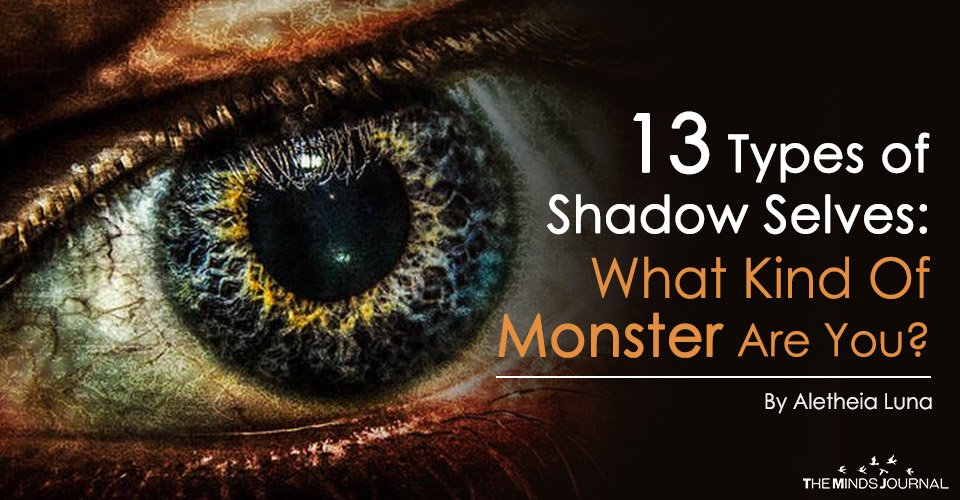
The Birth of the Shadow Self
It is a frightening thought that man also has a shadow side to him, consisting not just of little weaknesses and foibles, but of a positively demonic dynamism. The individual seldom knows anything of this; to him, as an individual, it is incredible that he should ever in any circumstances go beyond himself. But let these harmless creatures form a mass, and there emerges a raging monster. – Carl Jung, “On the Psychology of the Unconscious“
Before moving further, I would like to tell you that there is something called shadow element and zodiac signs determine the shadow element of a person. To know more about it you can refer to the old post on the shadow zodiac sign and the nature of each shadow element.
So what exactly is the “Persona” and “Shadow Self”? I’ll explore below:
What is the Persona?
Well the Persona, according to Jung, defines who we would like to be and how we wish to be seen by the world. The word “persona” is derived from a Latin word that literally means “mask,” however in this instance, the word can be applied metaphorically, representing all of the different social masks that we wear among different groups of people and situations.
What is the Shadow Self?
On the other hand, the Shadow Self is an archetype that forms part of the unconscious mind and is composed of repressed ideas, instincts, impulses, weaknesses, desires, perversions, and embarrassing fears. This archetype is often described as the darker side of the psyche, representing wildness, chaos, and the unknown. Jung believed that this latent energy is present in all of us, in many instances forming a strong source of creative energy.
Related: What Color Is Your Shadow Self? – Mind Game
We are all born pure, like blank canvases. But at some point during our childhood development, we learn knowledge that teaches us to separate things into good and evil. The moment we eat from this tree of knowledge, our shadows are born and we begin to divide ourselves into multiple parts. Furthermore, in our cultural socialization process, we begin to sort out those traits within us that are acceptable to society (the Persona), and those that are unacceptable (which are later hidden away – the Shadow).
This is where the Persona and Shadow Self go hand-in-hand: the Persona is the lovable face we present to the world while the Shadow is the face we hide from the world.
The creation of the inauthentic but socially-acceptable Persona birthed the creation of the authentic but damnable Shadow. Both are inseparable.
Watch out an interesting video of Carl Jung and the Shadow
As Jung explained:
What we call civilized consciousness has steadily separated itself from the basic instincts. But these instincts have not disappeared. They have merely lost their contact with our consciousness and are thus forced to assert themselves in an indirect fashion. This may be by means of physical symptoms in the case of a neurosis, or by means of incidents of various kinds, or by unaccountable moods, unexpected forgetfulness, or mistakes in speech… a modern man protects himself against seeing his own split state by a system of compartments. Certain areas of outer life and of his own behavior are kept, as it were, in separate drawers and are never confronted with one another.
Related: The Four Phases Of Life According To Carl Jung
Thus, the dark shadow traits that we all possess accumulate in the corners of our unconscious minds, never becoming adequately integrated into our conscious minds because we never see our split state in the first place (due to our psychological defense mechanisms). And so we continue on accumulating these dark desires, motivations, and fears.
This lack of awareness of the Shadow Self – and the disconnection from our true Whole self – can be dangerous.
Through observing many of our inner work students, for example, I’ve come across certain individuals who have allowed their Shadow Selves to accumulate for so long that they’ve erupted and overpowered the person through depression or an unconscious accident that ended up manifesting their inner demons. The denial of the Shadow can lead to physical, emotional, psychological, and interpersonal consequences that last for a very long time.
Repression of the Shadow Self
It’s understandable that the process of becoming civilized requires us to repress aspects of ourselves that do not fit in with the structured ideal of our society. However, it comes at a great cost to us. We are born whole and complete, but we slowly learn to live fractioned lives, accepting some parts of our nature but rejecting and ignoring other parts.
A holiday to a different part of the world will show you how arbitrary some of these “good/bad” divisions are (that create the Shadow Self). In the West, for example, eye contact is perceived as confident and engaging, whereas in Japan it’s perceived as arrogant and rude. In the Middle East burping after a meal is a sign of pleasure, yet anywhere else in the world it’s seen as vulgar and uncouth. And in America, TV shows depicting violent murders are considered more acceptable than showing nudity or sexual acts, whereas in Europe it’s the complete opposite. These are just a few examples.
Basically, the repression of our negative traits or emotions in society is one of the biggest barriers in any person’s journey towards self-love and living authentically. How can you completely and wholeheartedly accept who you are if there are sides of yourself that you’re too afraid to explore?
Don’t get me wrong, the idea of the “Shadow Self” doesn’t only apply to psychology. Many ancient Shamanic teachings, including the ones I was taught, involved the preparation towards an illness or a spiritual death (by ascending into your own darkness or “Shadow Self”), and being reborn in an attempt to provide you with the experience and insight to heal yourself and bring that healing wisdom to the people of your tribe.
How Spirituality and Religions Contribute to the Repression of the Shadow
So, apart from society’s ideas of acceptable and non-acceptable behavior, what else causes such great repression of the Shadow Self? In truth, a lot of it actually comes from the endless cornucopia of “feel good” motivational teachings out there.
If you notice, a lot of modern spiritual and religious work revolves around moving towards the “light,” accepting the “light,” and seeking for the “light.” Yet by doing so, we ignore the entirety of what it is to be human! In fact, many of the spiritual and new age teachings out there provide an escape for those who do not want to be responsible for the entirety of themselves and their lives.
Related: Psychologist Carl Jung on Spirituality
Understandably the “light” energies are usually represented with noble values such as love, peace, joy, harmony, and compassion. Many spiritual and religious movements completely ignore or condemn the darker elements such as anger, vengeance, control, fear, shame, competitiveness, jealousy, and lust. Because these darker characteristics are associated with negativity or “evil,” they’re avoided out of fear and buried even deeper within us. But this is a tragic mistake with dire consequences.
The more our darkness is avoided, the more it grows within us, waiting like a volcano to gush out at any unexpected moment.
The Importance of Integration (vs. Spiritual Bypassing)
Interestingly, many seekers of spiritual growth think that somehow all of the negative qualities within themselves will eventually be transcended as they “awaken to their Higher Selves,” “work through their karma,” or “become more enlightened.”
Related: Spiritual Bypassing: The Dark Side of Spirituality
Yet from my own experience, this is a form of spiritual bypassing: using spirituality to avoid everything uncomfortable within us instead of facing it with honesty and courage. Furthermore, actually turning toward your Shadow Self helps you to embrace these disconnected parts of yourself, creating more psychological and spiritual balance (wholeness). Denying your darkness only creates chaos and disharmony.
The keyword here is “integration,” which comes from the Latin word integrates, meaning to make whole. To integrate an inner quality is to take ownership and responsibility for it, rather than rejecting or denying it. The benefits are many: sanity, healing, greater compassion, calmness, understanding, and wholeness are all to be found in integration.
On the other hand, the opposite of integration is to “disintegrate” – or to become fragmented and divided into pieces. A person that “breaks down” or “falls apart,” for instance, is someone who has been unable to handle stress and who has ignored too many of their personality traits, especially Shadow Self traits to function normally. In reality, a fragmented person can never handle adversity because they have no whole center, and they’re always handling life from the corners of their personality parts. This is why integration is so essential: it helps us to become whole again.
The Right and Left-Handed Paths
In esoteric branches of Hinduism such as Tantra or Western Esoteric occult teachings, they have what is called Right and Left-handed paths towards experiencing Oneness, Enlightenment, or the Higher Self.
Throughout history, the left has always been associated with dark, radical or sinister elements. Even the etymology of the word “sinister” means “from the left side.” Also, in Muslim, Chinese, Judeo-Christian, and even Hindu religions, the left hand is associated with being the unclean side, which is most likely why some of these cultures use it to wipe their … behinds!
These days, the “right-handed path” is what most of us understand to be the pursuit for positive things such as overcoming personal flaws and limitations, purifying our sins, and anything else that helps us connect to our “higher selves.” The left-handed path, however, is associated with parts within us that are typically fought against, rejected, denied, feared, and thus it becomes our biggest inner hindrance, but at the same time, the key to our liberation.
Related: Things Your Hand Shape Could Say About Your Personality
The truth is that we have both hands, not just one, and we must learn to use them in a balanced way if we seek to live a balanced life.
The right-handed path seeks to improve the personal self, overcome its flaws, but the left-handed seeks investigation, seeks to face the shadows in its pursuit of self-care. Just as is represented in the ancient symbol of the Yin and Yang, when you balance both opposites, the dichotomy of right and left will disappear.
Personally, I like to think that first there was darkness. Unlike light, darkness is infinite. Under every rock, you will find darkness, but light and darkness need each other to come into existence. Unless you learn to first embrace that darkness within yourself, you can never pursue the light of self-love in a balanced way.
Many right-handed new age teachings talk about leaning towards the “higher chakras” and avoiding the lower ones. However, in the long term, this won’t be very helpful. Unless the foundation of your home is solid and stable, no matter how beautifully you decorate and work on the house itself, sooner or later your house will collapse and crumble down.
13 Types of Shadow Selves
All of us carry demons inside. Sometimes we catch fleeting glimpses of them, sometimes we witness them in full frontal chaos, but for the most part, we ignore and bury their existence either out of fear, guilt or pure shame. Discovering our demons is a vital part of inner work.
Our inner demons come in many different shapes and varieties. While some are more ferocious than others, others don’t really seem to be all that monstrous at all – until we reap the devilish consequences later on in our lives.
Below I have categorized and ‘cataloged’ 13 different Shadows you might meet on your path. Some overlap with each other and many are interconnected, meaning that it’s not uncommon to possess more than a number of different Shadows:
1. The Egotistical Monster
Root cause: primal fear of “not being good enough”; not existing, being nobody
This person displays the following characteristics: arrogance, egocentricity, pompousness, inconsiderateness, self-indulgence, narcissism, excessive pride.
2. The Neurotic Monster
Root cause: fear of life, others, and self; desire to regain control
This person displays the following characteristics: paranoia, obsessiveness, suspiciousness, finicky, demanding, masochistic, compulsive behavior.
3. The Untrustworthy Monster
Root cause: fear of life in general
This person displays the following characteristics: secretive, impulsive, frivolous, irresponsible, deceitful, unreliable.
4. The Emotionally Unstable Monster
Root cause: the basic feeling of being “unlovable” and powerless; reaction to unresolved emotional pain
This person displays the following characteristics: moody, melodramatic, manipulative, weepy, overemotional, impulsive, changeable.
5. The Controlling Monster
Root cause: basic mistrust of life, feelings of abandonment and “not being good enough”
This person displays the following characteristics: suspicious, jealous, possessive, bossy, obsessive.
6. The Cynical Monster
Root cause: protection against feeling too vulnerable
This person displays the following characteristics: negative, overcritical, patronizing, resentful, cantankerous.
7. The Wrathful Monster
Root cause: fear of others, mistrust of life, closed heart
This person displays the following characteristics: ruthless, vengeful, bitchy, quick-tempered, quarrelsome.
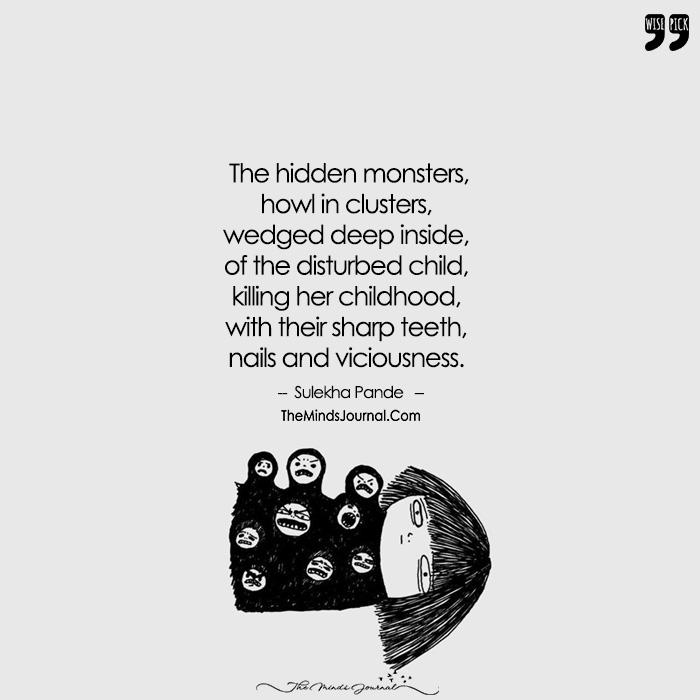
8. The Rigid Monster
Root cause: fear and rejection of the unknown, chaos, and ego death
This person displays the following characteristics: uptight, intolerant, obstinate, uncompromising, inflexible, narrow-minded.
9. The Glib Monster
Root cause: distrust of life, others, and self
This person displays the following characteristics: superficial, cunning, inconsistent, sly, crafty.
10. The Nonchalant Monster
Root cause: buried grief, fear, and shame (numbness is a defense)
This person displays the following characteristics: emotionally detached, distant, indifferent, uncaring, unexcited.
11. The Perverted Monster
Root cause: repressed sexual energy, possible unresolved childhood wounds
This person displays the following characteristics: sadistic, lustful, depraved, corrupt.
12. The Cowardly Monster
Root cause: fear, disbelief in self
This person displays the following characteristics: weak-willed, timid, fearful.
13. The Naive Monster
Root cause: refusal to grow up, lack of individuated ego
This person displays the following characteristics: puerile, petty, immature, illogical, simpleminded, vacuous.
How many of these inner Monsters can you relate to? Keep in mind that this list only explores the dark side of the shadow, not the light side (where the positive repressed qualities of our nature are buried).
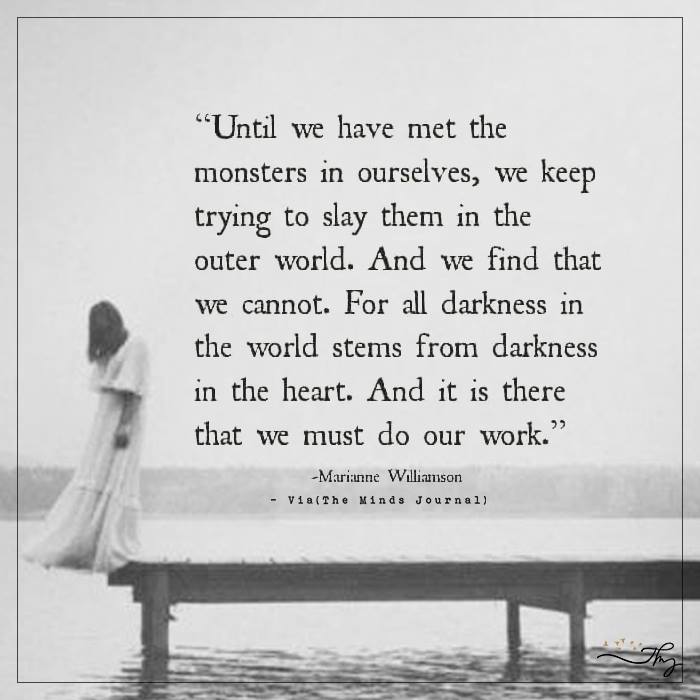
Embracing the Shadow Self
The secret is out: all of us, no exceptions, have qualities we won’t let anyone see, including ourselves – our Shadow. If we face up to our dark side, our life can be energized. If not, there is the devil to pay. This is one of life’s most urgent projects. – Larry Dossey (Healing Words)
Our journey of Self-Realization is a bit like Dante’s Inferno.
Related: 20 Profound Quotes By Carl Jung That Will Help You To Better Understand Yourself
Before making our way out of “hell” we must walk through the depths of our inner darkness. Many religions symbolize these experiences well. Two famous examples include the case of Jesus who had to face Satan in the desert and Buddha’s encounter with Mara (the Buddhist Satan) before his spiritual awakening.
When I write about embracing or integrating your shadow self, I do not mean to indulge in any desire that arises within you.
Indulging your anger, for instance, will simply result in more anger. By embracing your inner darkness I mean that it is necessary for you to “accept” it. Accepting your darkness will allow you to take responsibility for yourself, and once you truly acknowledge one of these dark traits instead of avoiding them, suddenly, they will stop having control over you.
Honesty and Courage Are Crucial
By being honest with ourselves and accepting our shadow elements, it frees us up to truly witness the uncharted areas of our minds, allowing us to see that we are not these elements, but simply possess thoughts, feelings, and drives that come and go. You cannot simply go “beyond hatred” if you don’t first admit to yourself that you do in fact possess hateful feelings.
To completely experience self-love we must learn to honestly face our Shadow Selves, and voyage into the dark, murky waters of the unknown courageously. Otherwise, every time we condemn other people for their shadow traits, we’re in essence condemning our hypocritical selves in the process.
Related: Shadow Self: 3 Ways To Embrace Your Inner Darkness
A whole and balanced self is a reconciliation of all parts, an inner unification.
It is not an indulgence of the darker parts of our natures, but acceptance and direct experience of them in the light of mindful awareness and deep honesty. This is the entire opposite of many self-denying traditional spiritual methods of subduing, denying, or ascetically disciplining the self. To live differently (as is the aim and motivation of this website), is to be authentic. And in order to be authentic, we have to face and embrace all parts of our inner selves – that which is culturally uncommon or bizarre.
There Are Empowering Qualities Hidden in the Shadow
It’s astounding to realize that often the mundane characteristics in people are the ones that are socially acceptable.
In essence, any “primitive” traits within us get sent to the Shadow, but at the same time, any creative, unique, innovative, and different qualities within us also get confined within the Shadow because they’re not socially acceptable.
Exploring your darkness is not necessarily all doom and gloom. In fact, you’ll likely be surprised by the endless array of creative and interesting things you find that have been secretly buried away for years.
To accept and embrace your Shadow Self is to become Whole again and thus taste a glimpse of what authentic “holiness” feels like.
3 Illuminative Ways to Encounter Your Shadow Self
I must also have a dark side if I am to be whole. – Carl Jung
There are several different ways to get to know and explore your Shadow. If you wish to become a more whole and integrate human beings, it’s crucial that you face your Shadow and do some shadow work. I explore some simple shadow work practices below:
1. Draw or Paint
Art is the highest form of self-expression and also a great way to allow your Shadow to manifest itself. In Psychology, an effective way to better understand a client is through art therapy: to allow them to draw whatever they’re feeling or thinking. But you don’t necessarily need a therapist in order to do this activity.
Simply get a blank piece of paper, find a quiet place, and turn your attention inwards. You may like to ask your Shadow, “what do you want me to know right now?” and then paint or draw whatever comes to mind. Even the strangest mental images or scenarios can hold a seed of wisdom, helping to reveal hidden feelings, thoughts, or memories.
Related: Can We Guess Your Anxiety Level By What You See In These Fine Art Paintings? – Mind Game
Make sure you approach this activity non-judgmentally and with an open mind. When you fear judgment from yourself, you’ll be inhibited and won’t be able to benefit fully from this practice. So be gentle and receptive. Allow whatever to arise, arise. Remember that your Shadow is a part of you, but it doesn’t define you.
2. Write
Goethe’s Faust is, in my opinion, one of the best works featuring the meeting of an Ego and his Shadow Self. His story details the life of a Professor who becomes so separated and overwhelmed by his Shadow that he comes to the verge of suicide, only to realize that the redemption of the Ego is solely possible if the Shadow is redeemed at the same time.
Writing a story where you project your Shadow elements onto the characters is a great way to learn more about your inner darkness.
If stories aren’t your thing, try journaling or keeping a diary every day for a few weeks where you record both good and bad emotions, thoughts, and habits. This practice will help shine a light on the bright and darker elements of your nature. Reading through your journal entries can also help you recover the balance you need in your life, and accept both light and dark emotions within you.
3. Use the World as a Mirror (Projection Technique)
The Shadow describes the part of the psyche that an individual would rather not acknowledge. – John Elder
Projection is at the very heart and soul of the Shadow: it’s how the Shadow hides and protects itself.
Quite simply, we project the qualities of ourselves that we dislike onto others so that we don’t have to deal with them within ourselves. Projection also helps us to avoid taking responsibility for ourselves and instead helps us to make others the culprits and scapegoats for our unresolved issues.
However, projection is actually a powerful shadow work tool that helps us explore our Shadow Selves when done deliberately. When you approach other people and the world at large with mindfulness, you’ll be able to discover who and what you project your Shadow onto (and why).
Related: 5 Factors Crucial To Living a Happy Life, according To Carl Jung
What’s interesting about the Shadow is that we not only project our negative traits and elements onto others but our good ones as well. It’s as if we unconsciously refuse to embrace our noble elements because the Ego is afraid that these positive elements will change and upset our current personality structure.
So how do we practice the projection technique?
In a nutshell, use the world as a mirror. Observe what you secretly like or dislike in other people, entertainment outlets (TV, books), and situations.
For instance, current movies and television shows reflect our deep interest in the darker aspects of ourselves. Why else would we have such fascination with this constant battle between good and evil forces? Superhero, fantasy, or action films depict the Heroes vs. Villains dichotomy, while we also fall in love with charming characters that embrace their dark sides such as Dexter, The Joker, or Walter White (Breaking Bad).
Often our noblest Shadow traits are projected onto the people we like, admire or fall in love with. The opposite is also true: and the most defenseless of beings can become the carriers of your negative projected Shadow Self traits. Children, for example, provide the perfect outlet for our anger, frustration, and other negative emotions. The smallest of accidents or naughty actions can be punished with disproportionate and destructive wrath. Pets too are unfortunately just as vulnerable. Projection, for many of us, is always easier than assimilation.
Projection, no matter whether light or dark is always something detrimental. You not only burden another person with your dark elements or pressures of idolization, but you also avoid taking responsibility for your Shadow and lose the opportunity of finding a state of ecstatic Wholeness.
Related: Retreating Into The Inner Sanctuary And Igniting Your Spiritual Awakening
So use the word as your mirror. Write down what you observe about yourself. Be open-minded and receptive. Show kindness toward yourself. Soon you will be on your way to reclaiming all parts of yourself and move closer and closer toward Wholeness.
Finally, a few more ideas for meeting your Shadow Self might include:
- Practicing meditation each day (for 30 minutes or longer) often shines the light on Shadow parts
- Developing more self-awareness (this allows you to become more conscious of your words, thoughts, feelings, and behaviors, thus allowing you to identify your faults more easily)
- Asking friends, partners, or loved ones what they feel are your greatest personality faults
- Ensuring that you adopt an analytical, non-judgmental, and compassionate attitude toward yourself, rather than playing the role of the prosecutor, judge, or defender which hinders your ability to embrace your Shadow Self fullyFor more guidance, see our shadow work article.
Source – LonerWolf.com
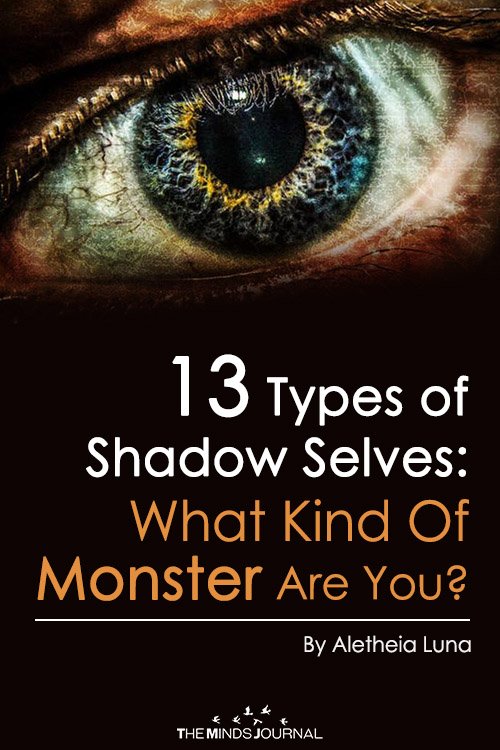
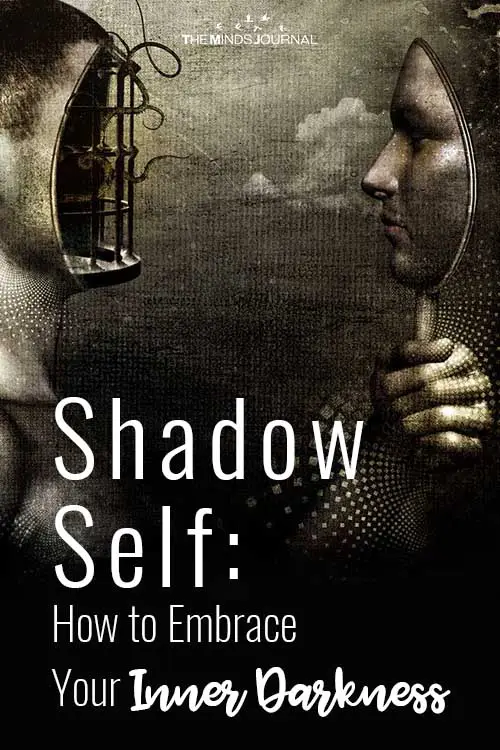
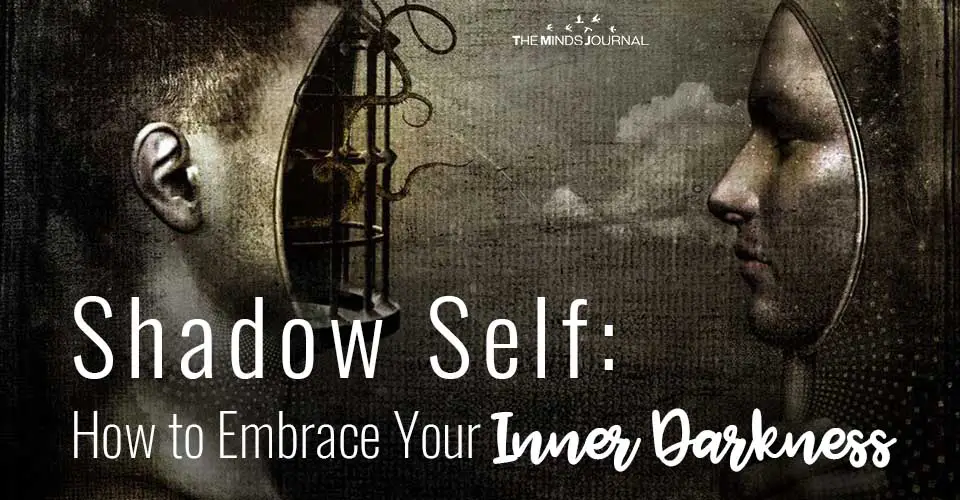



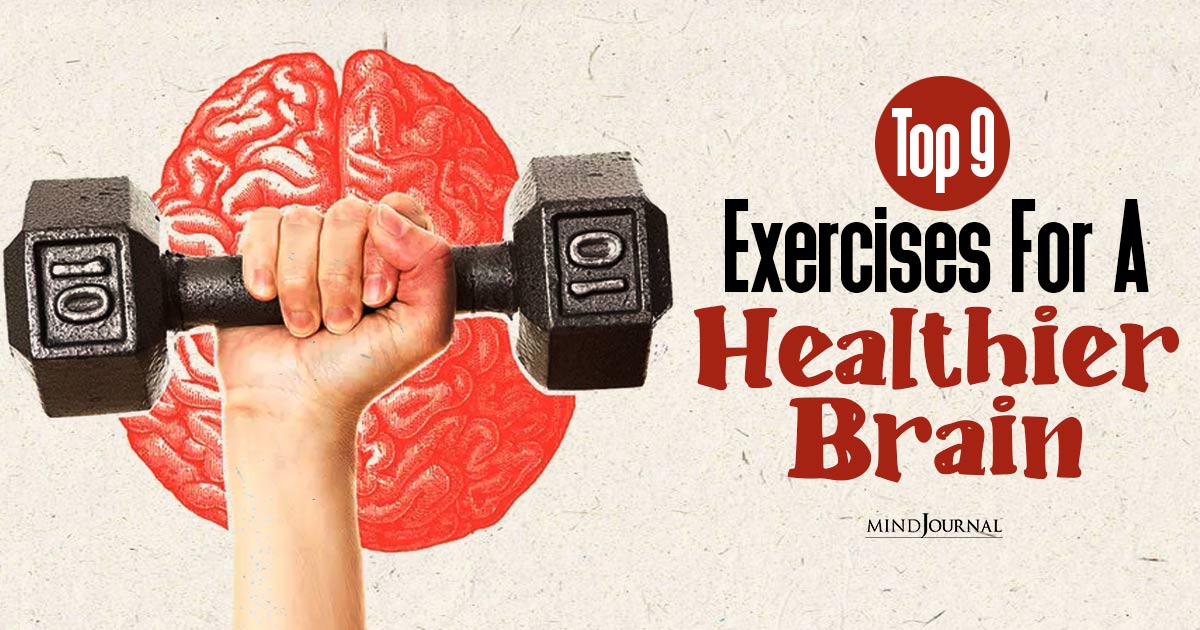
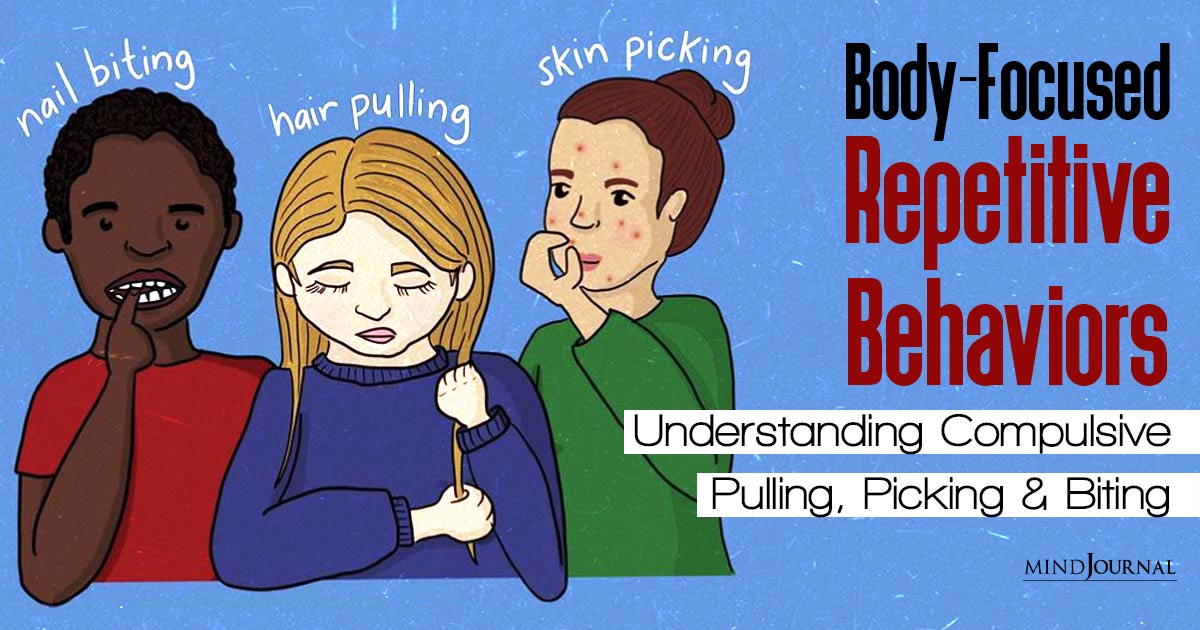

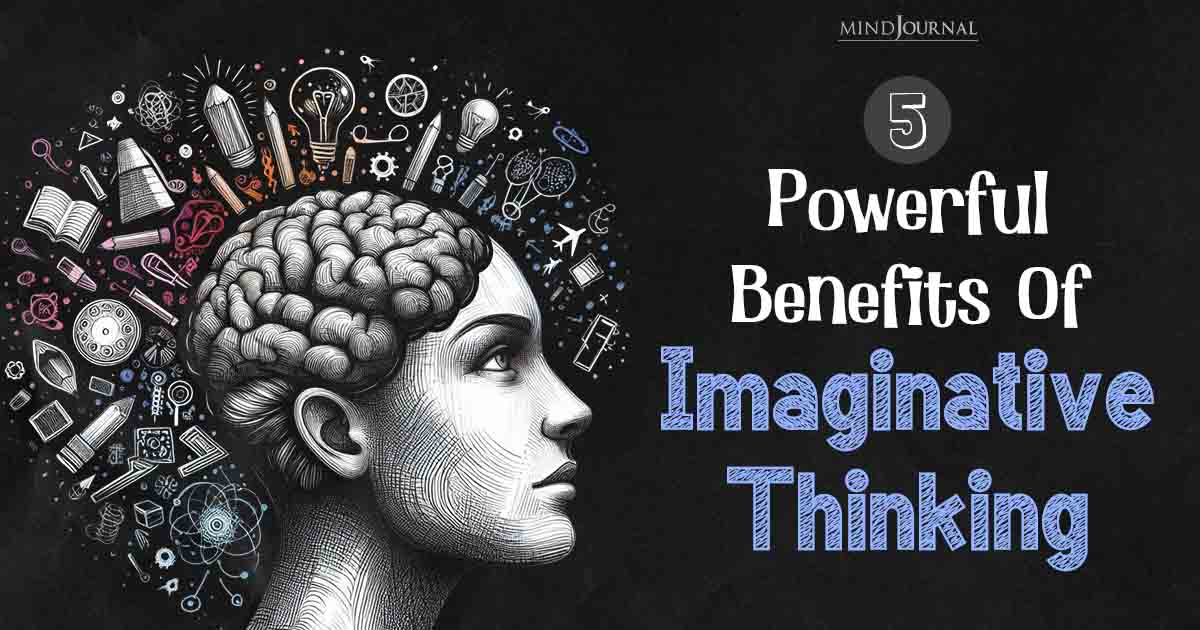
Leave a Reply
You must be logged in to post a comment.